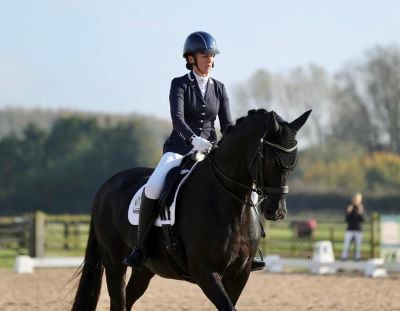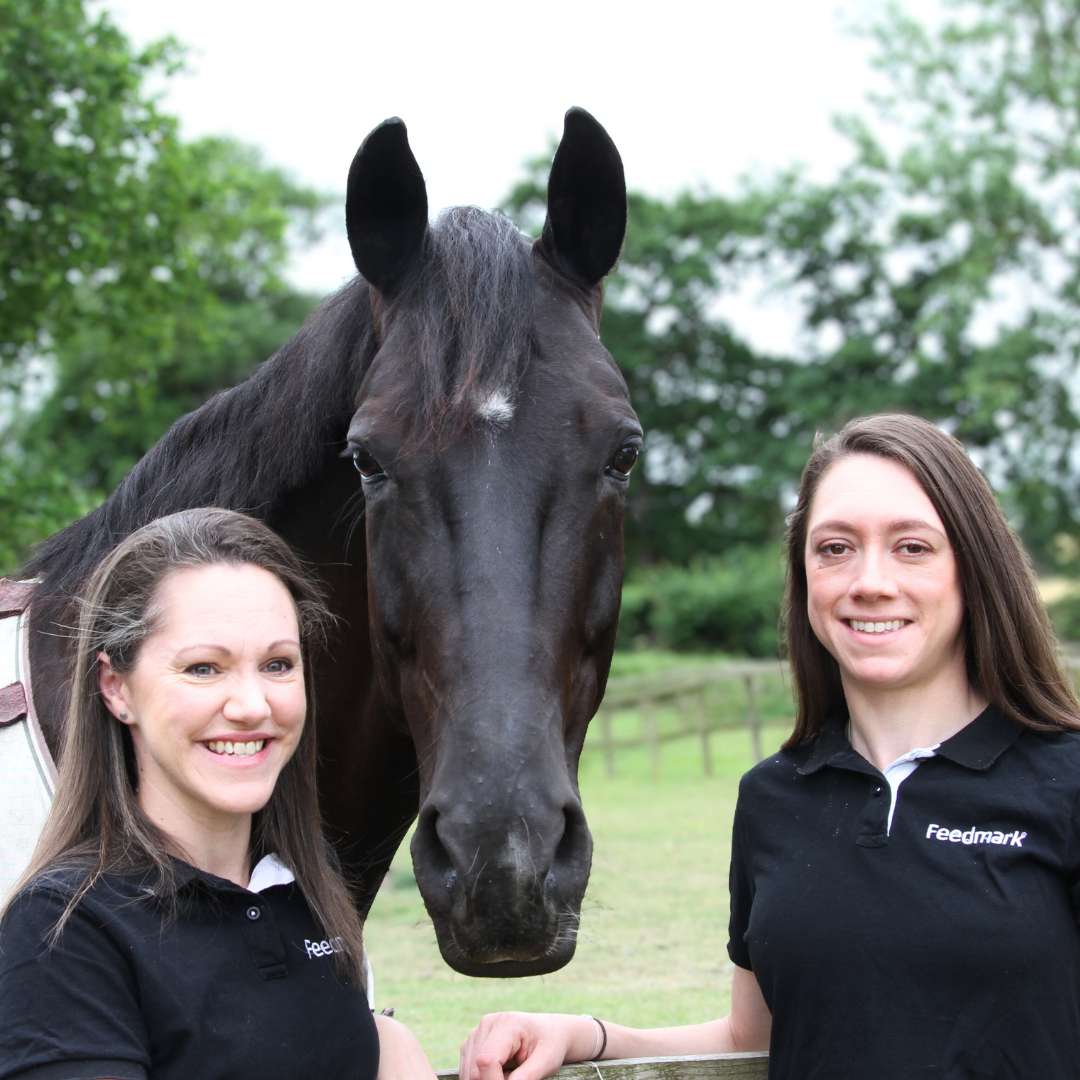As horse owners, we often think a great deal about what it takes for a horse to complete Badminton and other 5* three-day events, but what about the riders? Horse riding in any discipline is unique among sports in terms of the demand it puts on the human athlete, and that’s certainly the case for eventers.
Dressage:
The dressage phase requires high levels of concentration, proprioception, and precision from a psychological perspective, combined with flexibility and significant core strength in order to effectively execute the aids required to execute the test. Although the isometric muscle contractions required through the trunk of the rider aren’t necessarily accompanied by an elevated heart or breathing rate, so it looks as though the riders are relaxed, maintaining that level of muscular work for the 7-8 minutes required to complete the dressage test at Badminton (as well as the time to properly warm up the horse prior to the test itself) is certainly demanding.
The fact that the heart and breathing rate don’t typically increase significantly during a test means that, rather than having a faster rate of blood flow to clear toxins produced through metabolism in the working muscle, oxidative free-radicals accumulate, potentially resulting in greater delayed onset muscle soreness and stiffness during the following 24-48 hour period. Maintaining adequate hydration is key for riders to maintain concentration and focus during the test, as even a drop of 1-2% of bodyweight due to dehydration can decrease cognitive performance by 10%, and reaction time by 12-18%. Hydration also plays an important role in helping clear metabolic waste and oxidative damage from the muscle post exercise.
Ideally, riders would complete a cool-down routine after the test, incorporating around 15 minutes of cardiovascular exercise at 25-30% maximal intensity to increase blood flow, along with some stretching exercises. Consuming an isotonic electrolyte drink after exercise will help ensure hydration levels are optimal, replenish muscle carbohydrate storage in the form of glycogen, and prepare the muscles ready for the big effort to come on the cross-country course the next day.

Cross Country
In terms of physiological demand, cross country is without doubt the hardest day. Rider’s heart rates can reach 85% of maximum, and they need to maintain a high level of isometric contraction through the core to maintain the three point position for the full twelve minutes it takes to complete the course (a plank exercise is a good example of isometric contraction through the core - imagine doing that for 12 minutes!) as well as strong, sudden contractions in relation to the demands of each individual fence and reactions of the horse.
Even when muscles become fatigued, riders need to be able to maintain exceptional reaction times, focus, and concentration, so again, hydration is key. High intensity work is fuelled by stored glycogen in the muscles and liver, which is released and used in response to exercise and adrenaline. While muscle glycogen can only be used by the specific muscle in which it is stored, liver glycogen can be broken down into glucose and used to maintain blood sugar levels within the optimum range for performance, including fuelling the brain. As such, having enough stored glycogen in both muscle and liver is an important strategy to ensure focus, sharp reaction times, and fast muscle response right to the end of the course.
Another fuel source in working muscle is the creatine-phosphate pathway. Creatine can supply energy for very quick, sudden contractions but can only do so for a few seconds at a time. This type of reaction would be key when negotiating complex fence combinations or correcting mistakes, when the rider needs to be capable of producing strong muscle contractions for a few intense seconds. Saturating the muscle through dietary supplementation to increase concentrations of creatine in the weeks leading up to an event would be an effective strategy to improve the capacity of the muscle to accomplish these bursts of activity. Creatine occurs naturally in meat, particularly red meat, so vegetarian riders or those with a limited red meat intake would particularly benefit from supplementation. Its use in humans does not contravene any WADA anti-doping rules. In addition, creatine is an important energy pathway in the brain. Emerging research demonstrates a role for supplementation in maintaining cognitive function under stressful situations, as well as helping reduce the severity of mild traumatic brain injury in situations such as falls, which remain an unfortunate reality of the sport.
Some riders will be completing the course several times throughout the day on different horses so fuelling and hydration strategy will, for them, take on an even more significant role.

Showjumping
Following on from the gruelling cross country day, riders still need to be in peak physical condition to ride effectively and manage tired horses, for the showjumping phase the next day. A solid recovery strategy will go a long way towards reducing both mental and physical fatigue the next day. Ideally, riders would complete a cool-down routine similar to the previous day, followed by consuming 0.25-0.4g good quality protein, containing 3g of the amino acid leucine. Including 1g per kg bodyweight high glycaemic index carbohydrate will allow maximum muscle recovery and help replenish muscle glycogen stores ready for the effort in the showjumping arena the next day.
A good breakfast on the morning of the last day with quality protein, slow-release wholegrain carbohydrates, and a variety of red and purple berries to provide antioxidants would help towards maintaining mental clarity and energy levels. We always think about warming up the horse, but a good warm up routine for the riders would help increase blood flow, bringing oxygen and fuel to the brain and working muscles in preparation for the ride. Research shows that caffeine at a dose of 3-6mg per kg bodyweight (roughly 3 shots of espresso for a 70kg rider, although the caffeine content of coffee does vary wildly) can increase mental alertness and reduce sensations of pain related to exercise; helpful if the rider is experiencing some aches from the day before. However, bear in mind that caffeine can increase anxiety, so if nerves are already running high, something like L-theanine, found in tea, which can increase focus while promoting a sense of calm might be a better alternative.
Whilst caffeine within these dosage ranges is competition legal for riders subject to WADA anti-doping testing, it is not FEI legal for horses in any quantity, so for any riders competing at affiliated national or international level please ensure any caffeine is stored and consumed well away from horses and / or their feed.
With all nutrition strategies, it is vital to trial every aspect on training days and lower-level competitions before the main events of the season. When considering nutritional supplements, please do speak to your pharmacist or doctor if you have any health concerns, or are taking any medication.
Written by Sophie Pelham Burn (MMedSci ANutr.)
Cover photo: Nico Morgan Media



